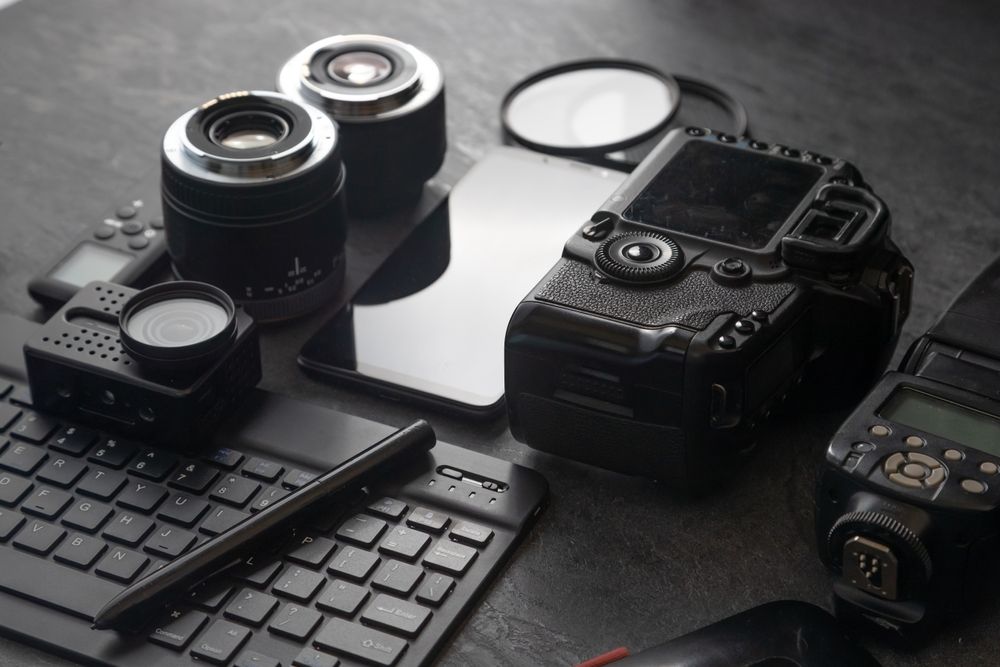Selecting the right fishing rod is crucial for both novice and experienced anglers. The proper rod not only enhances your fishing experience but can also significantly increase your success rate. This guide offers detailed insights into choosing a high-quality fishing rod tailored to your angling needs.
Understand Different Types of Fishing Rods
Before purchasing a fishing rod, it's essential to understand the different types available and their specific uses. The main types include:
- Spinning Rods - Ideal for beginners due to their ease of use. They can handle light to medium lures and are typically used for freshwater fishing.
- Casting Rods - Better suited for more experienced anglers, casting rods allow for more precise lure placement and can handle heavier lures and baits.
- Fly Fishing Rods - Specifically designed for fly fishing, these rods are flexible and lightweight, allowing for the casting of the fly and line rather than the weight of the lure.
- Trolling Rods - Used for fishing from a moving boat, trolling rods are robust and heavy, capable of handling large fish and heavy lines.
- Telescopic Rods - Known for their portability, telescopic rods can collapse to a shorter length, making them ideal for travel.
Each type of rod serves a specific purpose based on the fishing environment and the species of fish targeted. Knowing which type of fishing you plan to engage in most frequently will help guide your choice.
Consider the Rod Material
Fishing rods are typically made from one of three materials: fiberglass, graphite, or composite. Fiberglass rods are durable and have a higher tolerance for wear and tear, making them suitable for beginners or for those targeting heavy, strong fish. Graphite rods are lighter and more sensitive, allowing anglers to feel even the slightest nibble; however, they are also more brittle. Composite rods combine the benefits of both fiberglass and graphite, offering a good balance of strength and sensitivity. Your choice will depend on the type of fishing you do most often and your personal preference for rod responsiveness.
Check the Rod Length
The length of the fishing rod affects its casting ability, sensitivity, and suitability for different fishing environments. Short rods (around 6 feet) offer better control and are ideal for tight spaces like dense brush or kayaking. Longer rods (over 7 feet) provide more casting distance and are better suited for surf fishing or when needing to cast over greater distances. Consider the areas where you will fish most frequently and choose a rod length that offers the best balance of control and casting distance for those conditions.
Evaluate Rod Power and Action
Rod power refers to the amount of force needed to bend the rod, while action describes where the bend occurs. Rod power ranges from ultralight to heavy, with ultralight rods best for small baitfish and heavy rods suited for large, aggressive species. Action can be fast, medium, or slow, with fast action rods bending mostly near the tip and slow action rods bending down into the butt section. A fast action, medium power rod is generally versatile for many types of freshwater fishing. Select a rod with the appropriate power and action for the type of fishing you intend to do, as this will affect both your casting abilities and success in landing fish.

Look for Quality Construction and Components
Inspect the build quality of the rod, focusing on the guides, reel seat, and handle. Guides should be made of a durable material like silicon carbide and be securely attached to the rod without signs of misalignment. The reel seat holds the reel in place and should be sturdy and easy to operate. The handle is typically made from cork or EVA foam for comfort and grip, even when wet. High-quality components can increase the lifespan of your rod and improve your fishing experience.
Determine Your Budget
Fishing rods can vary greatly in price, from budget-friendly options suitable for casual anglers to high-end rods for serious enthusiasts. Set a realistic budget based on how frequently you fish and what performance level you require. While it's often true that you get what you pay for, there are many well-made rods available at moderate prices, and high-end features may be unnecessary for your style of fishing.
Consider Portability and Storage
If you travel frequently or have limited storage space, consider the portability of the fishing rod. Telescopic rods and multi-piece rods that can be broken down into shorter lengths are ideal for easy transport and storage. These options make it easier to carry your rod without risk of damage and can be especially useful for hiking into remote fishing locations.
Read Reviews and Seek Recommendations
Before making a purchase, read reviews and ask for recommendations from more experienced anglers. Reviews can provide insight into a rod’s performance and durability in real-world conditions. Additionally, many fishing communities are eager to share their experiences and advice, which can be invaluable in helping you make an informed decision.
Test the Rod if Possible
If possible, test the fishing rod before buying. Many tackle shops will allow you to feel the rod's weight, balance, and stiffness, which can help you decide if it fits your style of fishing. Testing the rod can also reveal any potential issues with comfort or build quality that aren't always apparent in online descriptions or reviews.
By carefully considering each of these factors, you can choose a fishing rod that not only fits your specific angling needs but also enhances your overall fishing experience. Whether you are a beginner looking to make your first purchase or an experienced angler upgrading your gear, the right fishing rod can be a pivotal factor in your success and enjoyment on the water.




